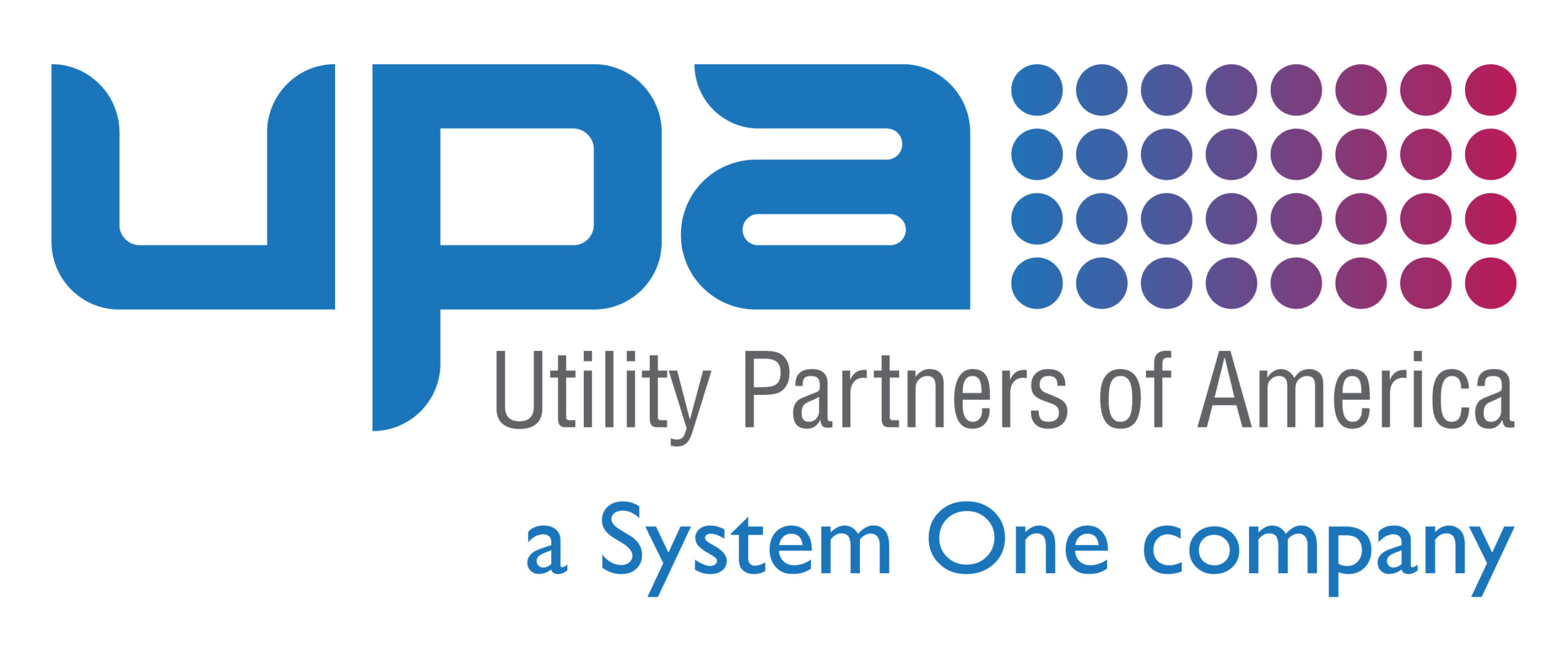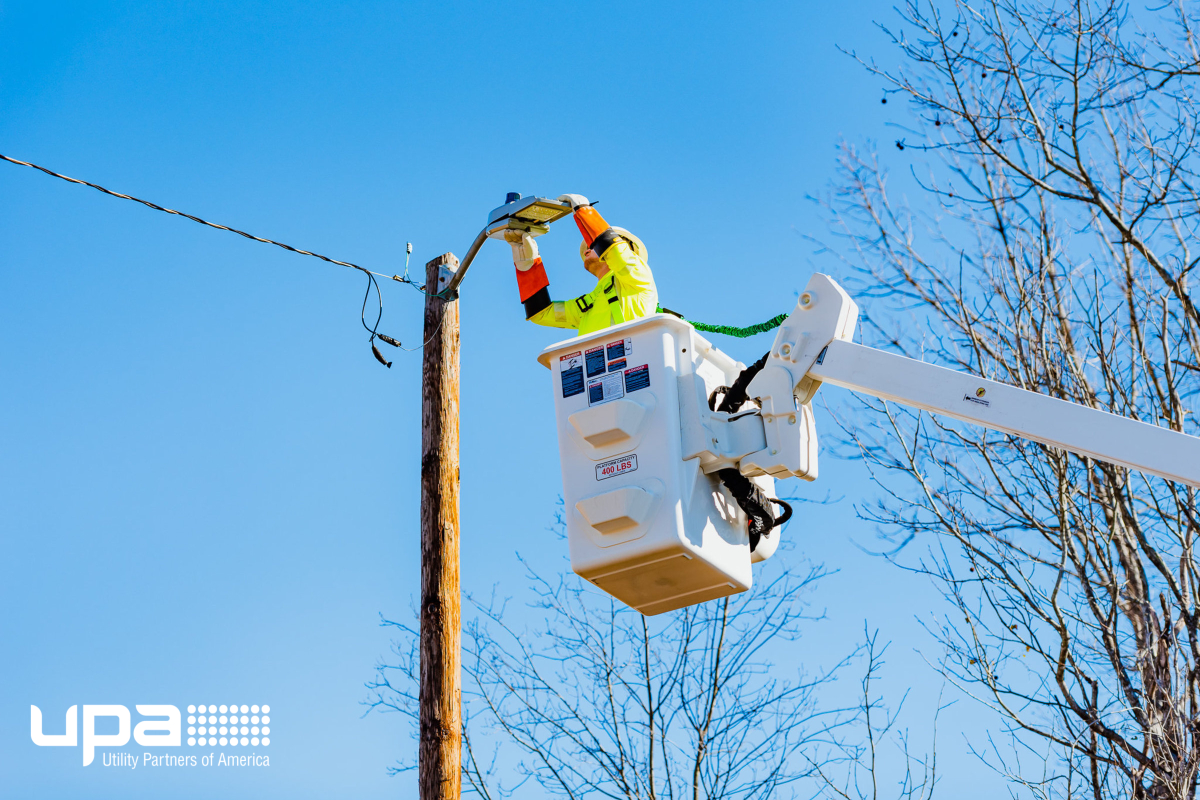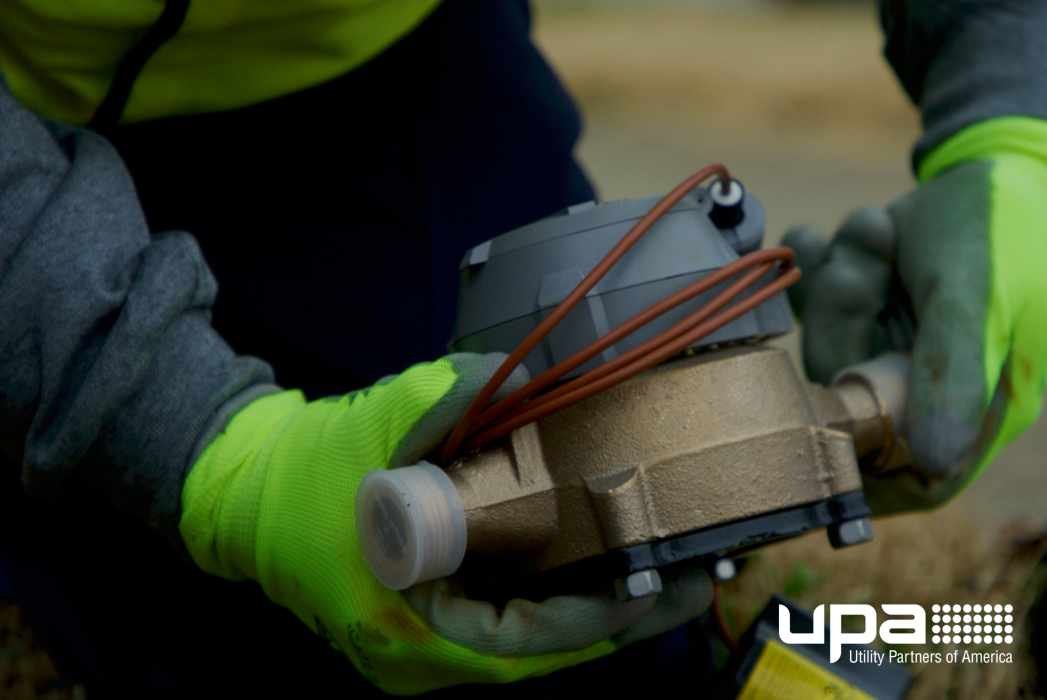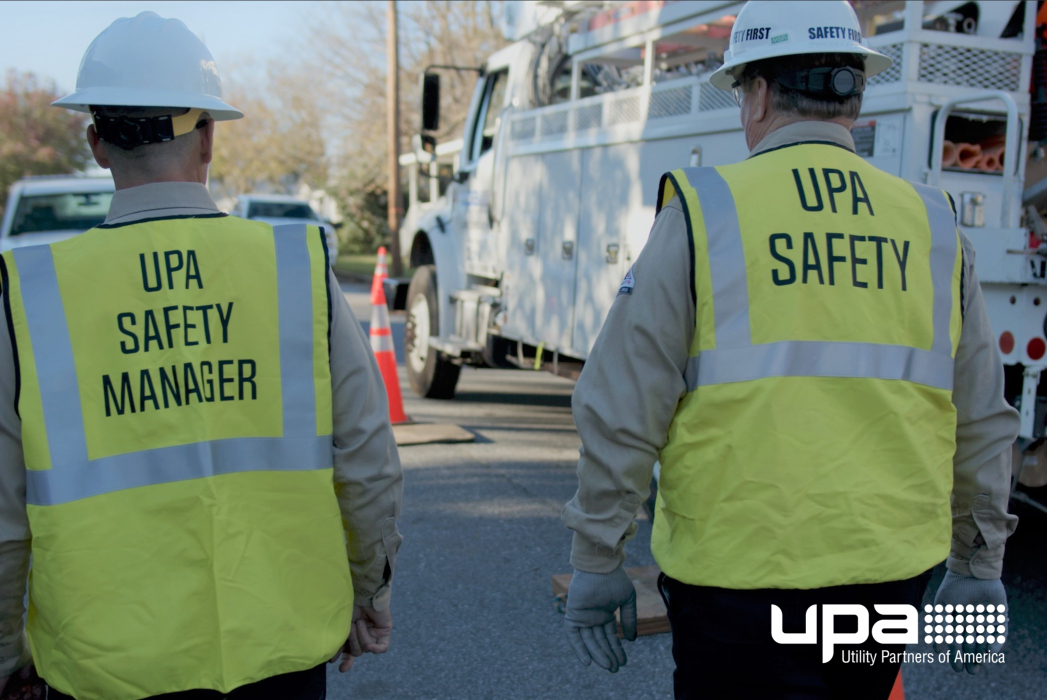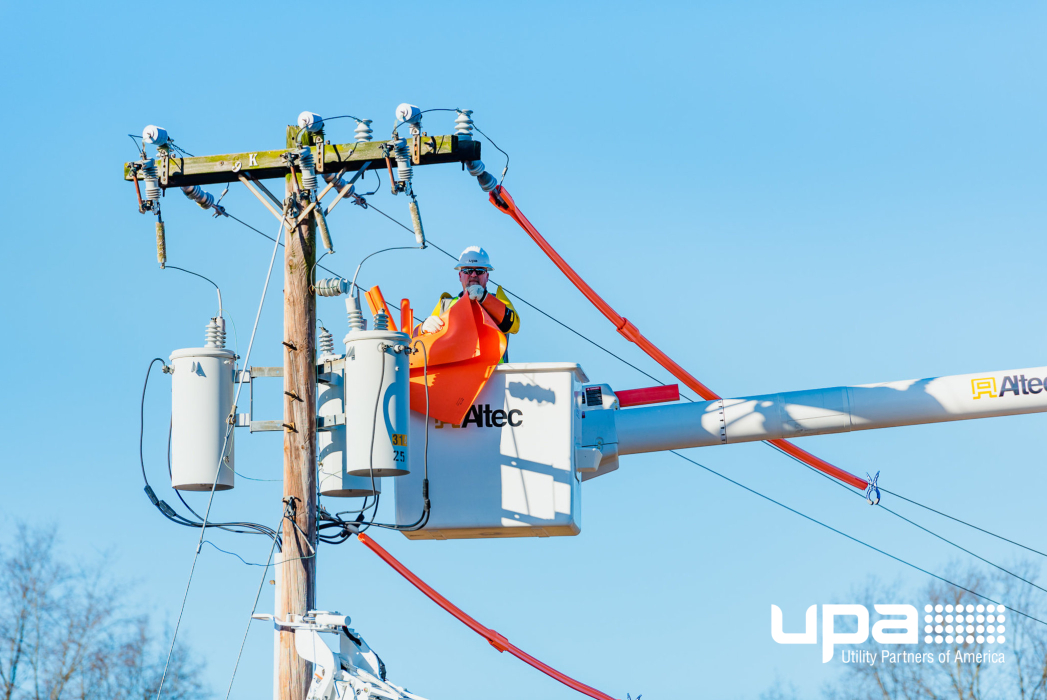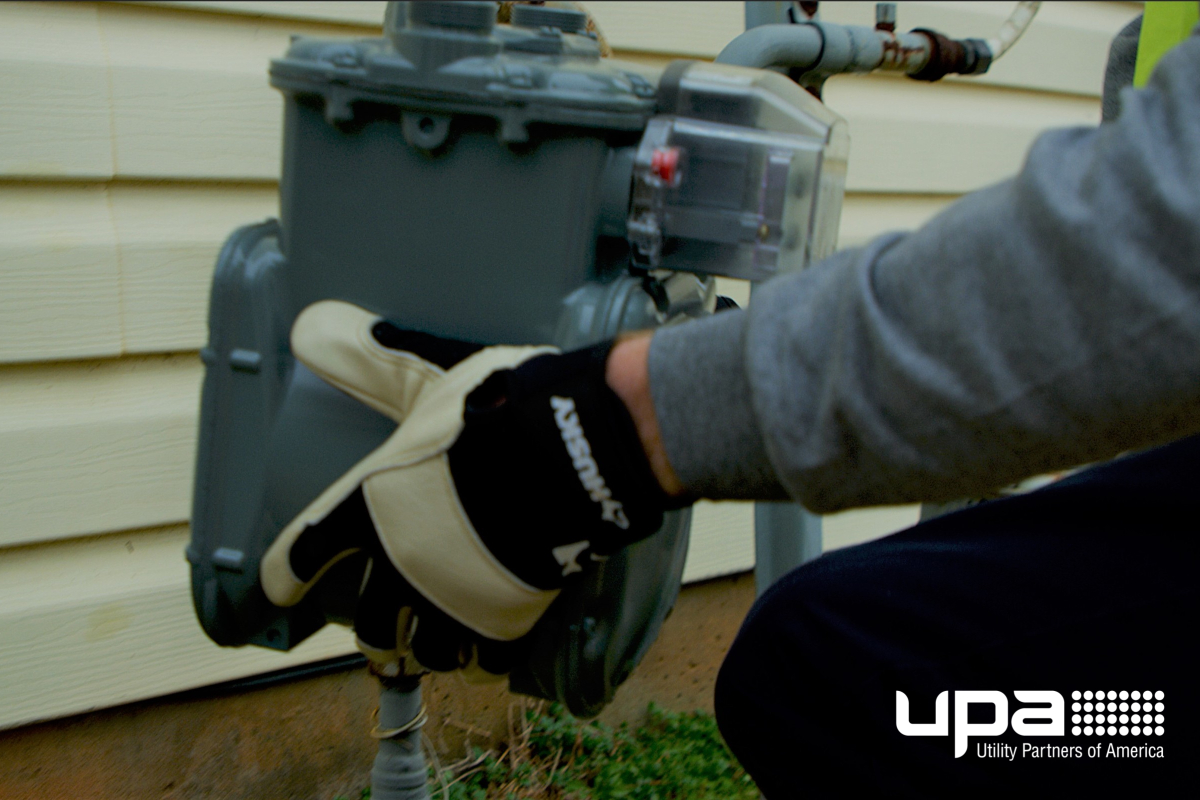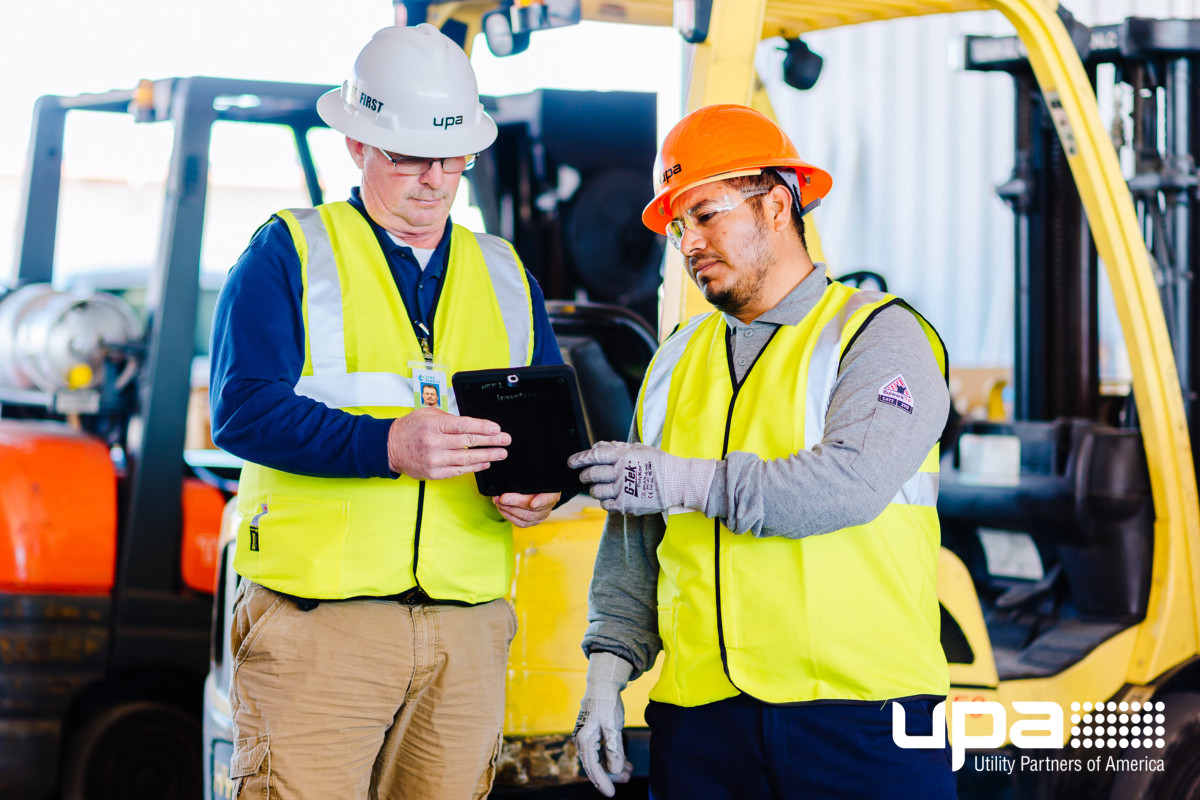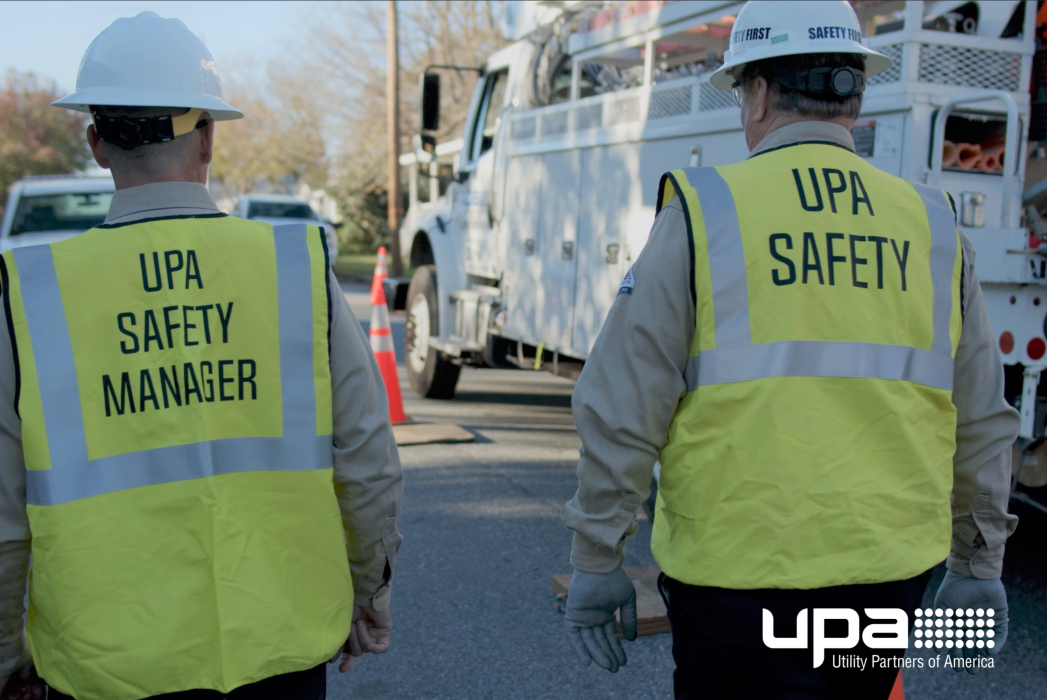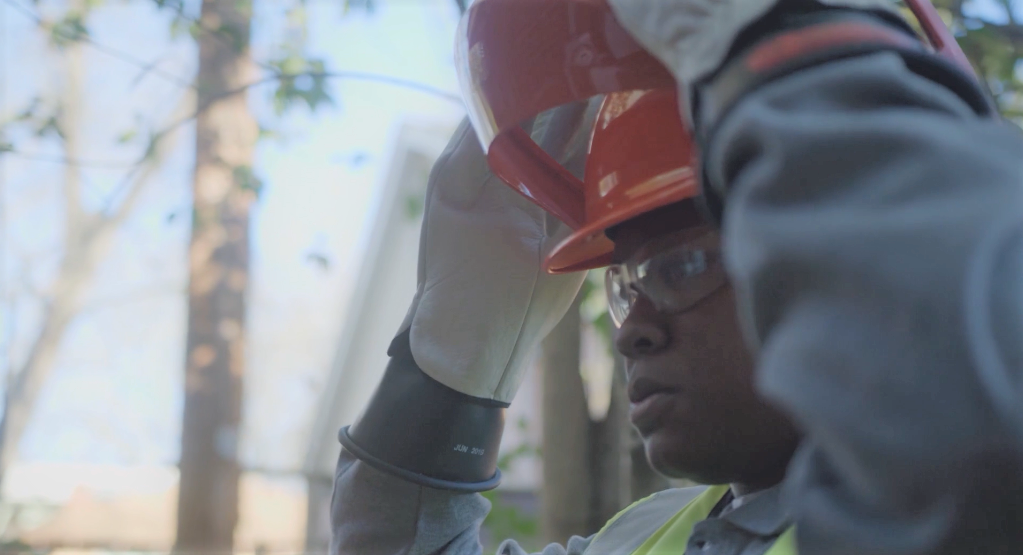Unveiling AMI 2.0: Maximizing Benefits in Meter Services
In the realm of utility management and energy consumption, the evolution of Advanced Metering Infrastructure (AMI) has been a game-changer. AMI technology, originally introduced to enhance metering accuracy and streamline data collection, has now evolved into AMI 2.0. AMI 2.0 is set to revolutionize the way utilities and consumers interact with energy usage data. This next-generation upgrade promises a multitude of additional benefits. Let’s explore the advantages that AMI 2.0 brings to the industry. (more…)
